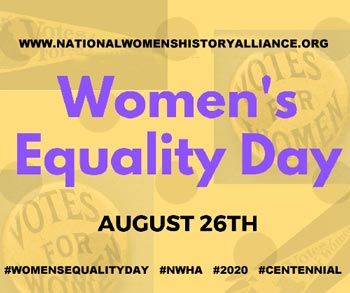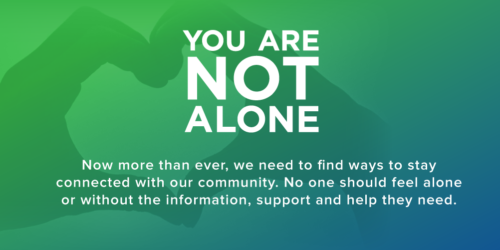August Virtual Display: Women’s Equality Day

Clark College student library worker Rebekah Semrau assisted in the creation of this post.
In 1973, Congress declared that August 26th would be known as National Women’s Equality Day, recognizing the day the 19th Amendment was ratified (Greenspan, 2018). While this date is seen as a time to celebrate women gaining the right to vote, we must also recognize that it was white women who gained the right to vote that day. Black women, along with other women of color, were unable to vote due to barriers like Jim Crow Laws. Black women were also largely left out of the Women’s Suffrage movement. To learn more about the history of Women’s Equality Day, including information about Black women who both participated and were excluded from the movement, check out the resources below.
eBooks from Clark College Libraries
|
|
|
|

|
|
|

|
|
Outside Resources
Articles
3 Facts You Should Know About Women’s Equality Day | Time
“But, despite the fact that the leaders of the early women’s suffrage movement were fighting for civil rights of their own, black women were generally left out of the mainstream suffrage movement.
Even after the 15th and 19th Amendments were both ratified, literacy tests and poll taxes were used to make voting extremely difficult (and in many cases, impossible) for black men and women in many places. Lange explains that many suffragists did also promote the rights of black Americans prior to the passage of the 15th Amendment, but the movement largely left black women behind after that point, especially as activists fought over whose enfranchisement should be prioritized.”
African American Women and the Nineteenth Amendment (US National Park Service)
“African American women, though often overlooked in the history of woman suffrage, engaged in significant reform efforts and political activism leading to and following the ratification in 1920 of the Nineteenth Amendment, which barred states from denying American women the right to vote on the basis of their sex. They had as much—or more—at stake in the struggle as white women. From the earliest years of the suffrage movement, Black women worked side by side with white suffragists. By the late nineteenth century, however, as the suffrage movement splintered over the issue of race in the years after the Civil War, Black women formed their own organizations to continue their efforts to secure and protect the rights of all women, and men”
Celebrate Women’s Suffrage, but Don’t Whitewash the Movement’s Racism
“The history of women’s suffrage in America is not nice or neat, because the impact of white supremacy is broad and human nature is messy. Furthermore, a nation built on stolen land from Native Americans and stolen labor from African slaves is flawed from the start. We must constantly acknowledge this truth and engage in an intersectional celebration of women’s rights activists and landmark events.”
The Equal Rights Amendment: What You Need To Know
“The ERA would protect individuals against discrimination on the basis of sex, gender identity, and sexual orientation, the same way that federal statutes such as Title VII of the Civil Rights Act of 1964 and Title IX of the Education Amendments of 1972 do.”
Four Trans Women On What Women’s Equality Day Means To Them
“August 26 marks the anniversary of the adoption of the 19th Amendment to the U.S. Constitution in 1920, which gave women across the United States the vote. It’s celebrated as Women’s Equality Day — but just how equal you are, and how you feel about Women’s Equality Day, depends very heavily on where you’re standing. Black women in the United States, for instance, may have been given the technical right to vote on that day, but Jim Crow laws repressed their actual ability to vote until the 1960s. For another group of women, the fight for women’s true equality (i.e., across the board) has not always been entirely welcoming of them: transgender women.”
The Root: How Racism Tainted Women’s Suffrage
“But the Memphis murders sparked the beginning of Wells’ anti-lynching crusade. Combing through statistics and interviewing eyewitnesses, she conducted the first in-depth investigation into the real reasons behind the lynching of these black men — and many others who were mostly accused of allegedly raping a white woman. She wrote about her tragic findings in a column for the New York Age newspaper and forged the modern-day civil rights movement. ”
“Here’s a look back at the history of the women’s liberation movement, which started as a modest meeting for voting rights and has since trekked toward equality in all areas of society.”
There will never be complete equality until women themselves help to make the laws and elect the lawmakers.






